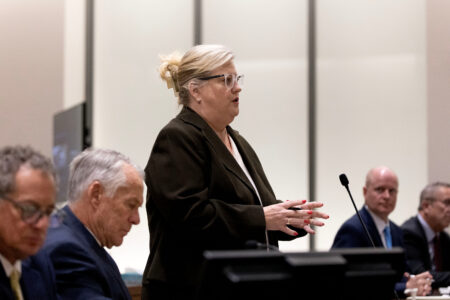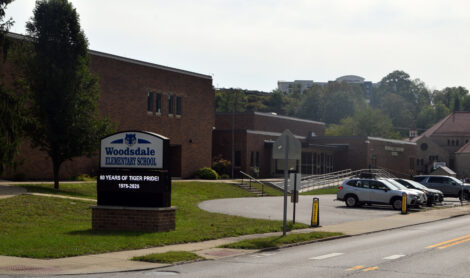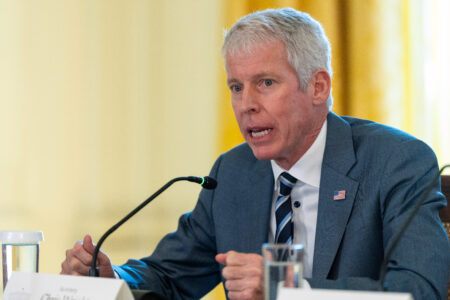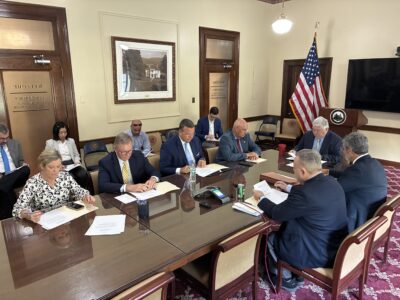Pole Attachment Database Could Cost More Than $8 Million Over 6 Years
CHARLESTON — A proposed database to keep track of pole attachments as utility companies and internet service providers fight over the costs of pole replacements in order to expand broadband across the state could cost as much as $8 million.
The West Virginia Broadband Office and the state Broadband Enhancement Council filed a report with the Public Service Commission on Thursday on what would be needed to create a comprehensive pole attachment database.
The PSC issued an order on June 27 establishing requirements for a pole attachment database and ordering the Broadband Enhancement Council to create and operate the database, contingent on whether funding could be acquired for the database.
The council was given 90 days to inform the PSC whether funding had been obtained. If not, a Pole Attachment Working Group created by the PSC would develop a cost estimate for the creation and maintenance of the database, as well as a plan to defer the costs of the creation of the database.
In its report, titled “West Virginia Pole Inspection Database and Permitting Tracking System,” the Office of Broadband estimated that the cost of creating and maintaining the pole attachment database would come to approximately $8.1 million between 2025 and 2031. Technical development costs would be $955,381 with a $389.083 investment in 2025. Another $865,800 is estimated for additional resources and technical assistance. Most of the cost — $6.3 million — would come from data acquisition.
According to the report, the state requested funding for the pole attachment database in its final proposal for the U.S. Department of Commerce’s National Telecommunications and Information Administration for the federal Broadband Equity, Access, and Deployment program. West Virginia was awarded $1.2 billion by the NTIA in 2023.
The state submitted its final BEAD proposal on Sept. 3. According to the proposal, the Office of Broadband will award $625 million of the $1.2 billion BEAD grant to nine provisional subgrantees to expand high-speed broadband to nearly 74,000 locations across the state. NTIA has until Dec. 2 to review the proposal before granting or denying it.
The issue of who is responsible for pole repairs and replacements is one of the several at the heart of disagreements between internet service providers (ISPs) and electric utilities. There are several broadband expansion projects going on across the state using millions of dollars in federal grants.
Some utilities are charging ISPs for the costs of replacing poles when issues are found, sometimes called grandfathering or pre-existing violation policies. But a 2023 order issued by the Federal Communications Commission determined pole owners cannot charge new attachers for replacements of utility poles due to pre-existing conditions on the pole, if the pole is already scheduled for replacement or if the pole is non-compliant with safety standards. The PSC has also ruled in favor of ISPs on this issue.
Pole owners, which include electric utilities (subsidiaries of Columbus-based American Electric Power and Akron-based FirstEnergy) and Frontier Communications (being acquired by Verizon), have been vocal in their opposition to participating in a pole attachment database.
In a Sept. 2 filing with the PSC, American Electric Power subsidiaries Appalachian Power and Wheeling Power estimated that the cost of providing the information a pole attachment database would require would be approximately $152 million and take several years to compile the information.
In its filing last week, the Office of Broadband said it would partner with Data Driven West Virginia at West Virginia University, the West Virginia Cyber- Resilience Resource Center at Marshall University, the West Virginia GIS Technical Center, and the Thrasher Group to create the database. Such a database could be operational by early 2026, with a fully integrated dashboard for permitting workflows up and running by the middle of 2026.






